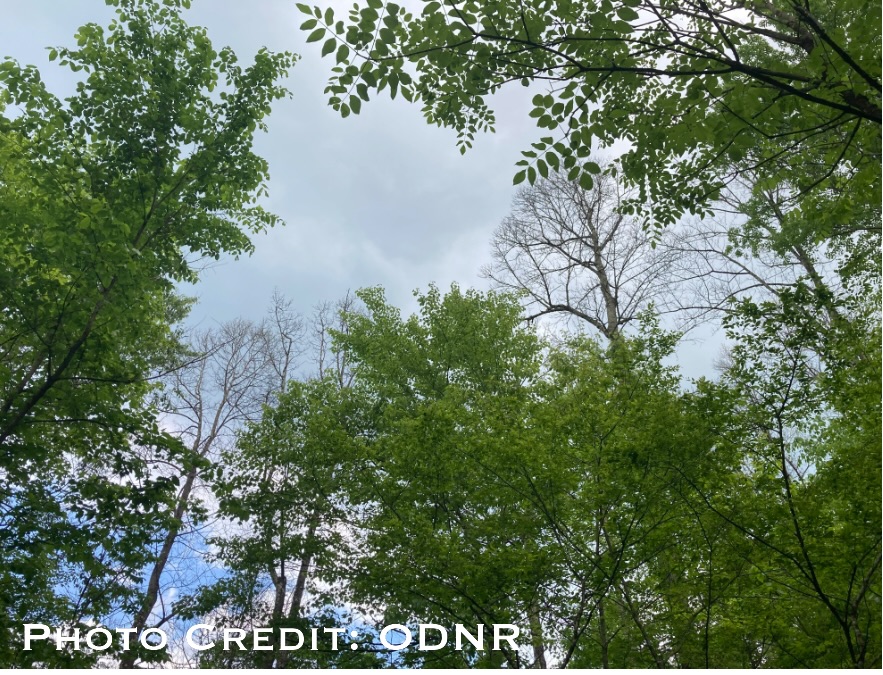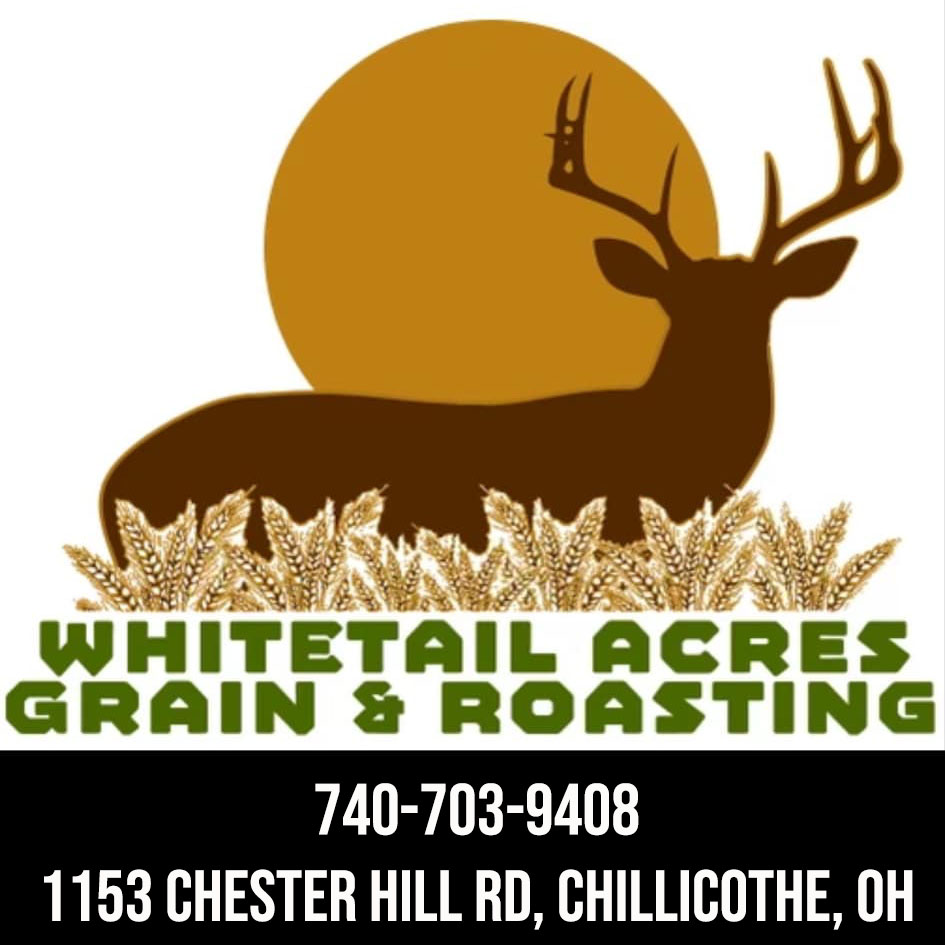
Yellow Poplar Trees See Decline In Southeast Ohio
Article Presented By McDonald’s, “I’m Lovin’ It!”
(Southeast Ohio) – The Ohio Department of Natural Resources (ODNR) Division of Forestry reports an increase of dead or dying yellow-poplars in southeastern Ohio. Since early spring, several counties in the region have reported dead or defoliated (without leaves) yellow-poplars, also known as tuliptrees.
The most heavily impacted area extends from Tuscarawas County to Washington County, with additional reports from Perry and Hocking counties east to the Ohio River. This decline is likely due to a combination of the historic drought conditions of 2024 and native insects. Yellow-poplars are particularly susceptible to drought and are often among the first of Ohio’s native tree species to show visible stress, including yellowing leaves, premature leaf drop, and wilting foliage. In some areas of southeastern Ohio in 2024, yellow-poplars were nearly completely bare by late-September.
Last year’s growing season also saw high populations of two native insects: the yellow-poplar weevil and tuliptree scale. Yellow-poplar weevils, a type of beetle, feed on yellow-poplar leaves throughout the growing season. Adults chew holes in the leaves, while larvae mine within them. Tuliptree scales attach to twigs and feed on sap, producing sticky honeydew that coats surfaces beneath infested trees and attracts flies, ants, and wasps. This honeydew often becomes covered with black, crusty, sooty mold fungus.
“Native forest insect outbreaks are a normal, cyclical part of forest ecosystems, and yellow-poplars usually recover under normal conditions. However, the widespread dieback and mortality we’re seeing in southeastern Ohio this year appear to be directly linked to high populations of yellow-poplar weevil and tuliptree scale coinciding with the 2024 drought,” said Tom Macy, ODNR’s Division of Forestry’s Forest Health Program Manager. “We will continue monitoring this unusual event and its impacts on Ohio’s forests.”
Landowners have limited options to save or protect yellow-poplars in forests from such widespread, natural events. Yellow-poplars that have failed to produce leaves or show any signs of growth this year will likely not survive. While standing dead or dying trees are a natural component of healthy functioning forests and have ecological value as habitat for many cavity-nesting birds, mammals, and other wildlife, some landowners may wish to explore options for marketing and selling their dead standing yellow-poplars.
For landowners interested in actively managing forests with widespread yellow-poplar mortality, keeping in mind that poplars are the only species affected, a salvage timber harvest may be a viable option to capture the economic value of those trees. ODNR’s Division of Forestry strongly encourages any forest landowners considering a timber harvest on their property to first contact a professional forester to ensure the timber harvest is conducted in a responsible, science-based, sustainable manner and that they receive fair compensation for the value of their timber. To contact Call Before You Cut, a program designed to provide professional forester advice to landowners considering a timber harvest, call 877-424-8288 or submit a request for more information at callb4ucut.com.































